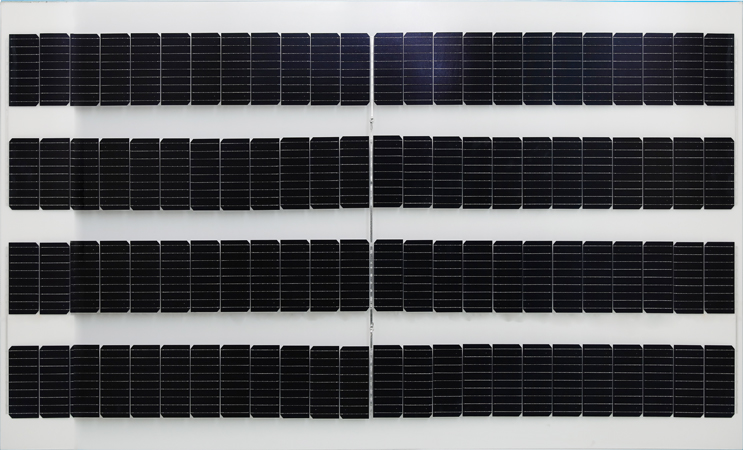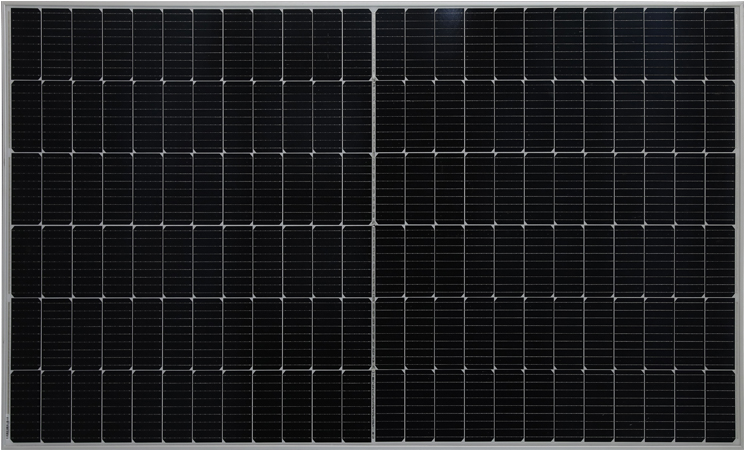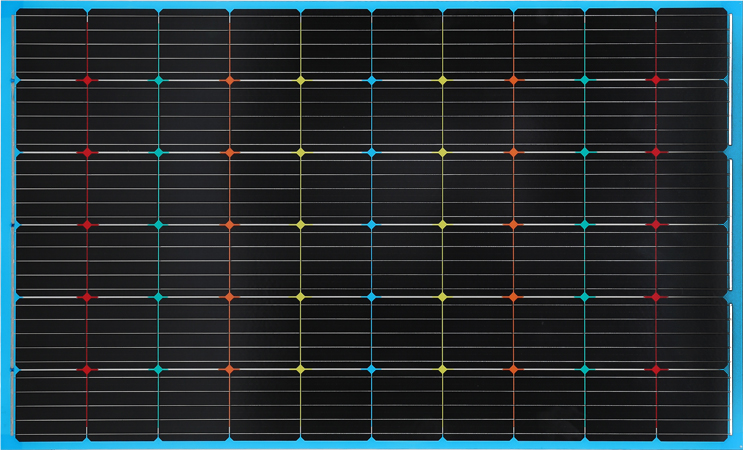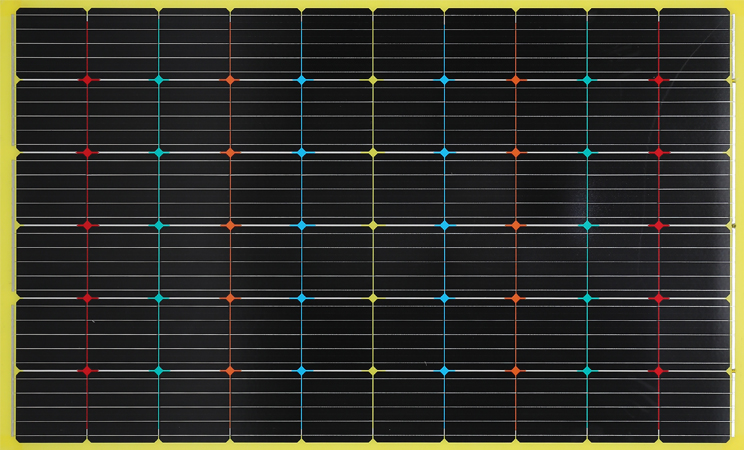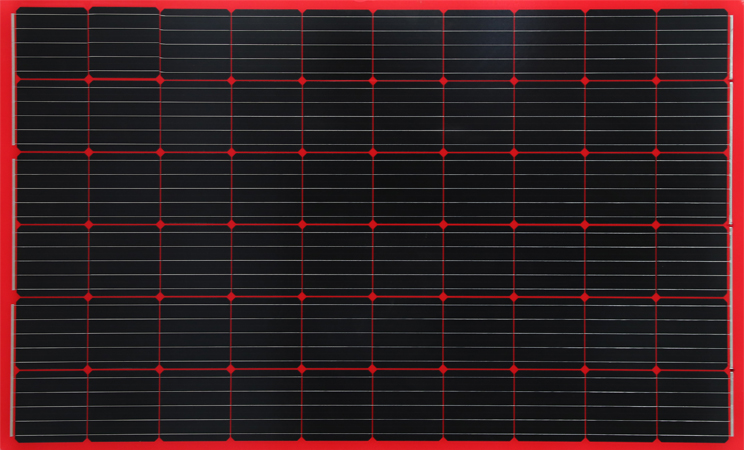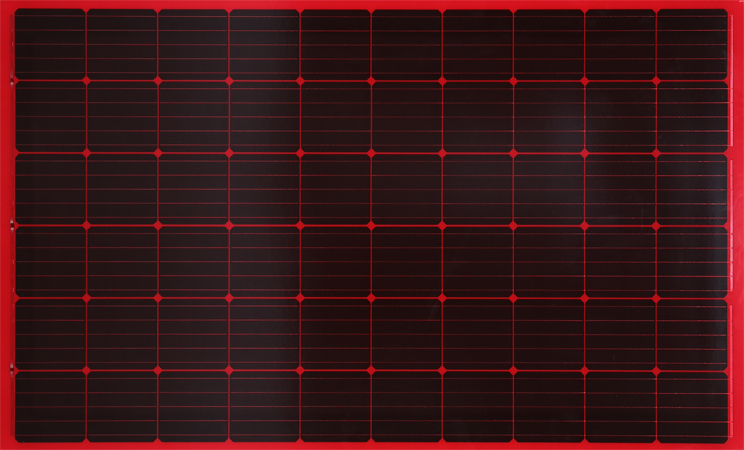BIPV Solar Panels are solar panels that are integrated into the building structure instead of sitting on top of it. Depending on the project, solar cells can be incorporated into glass, metal, and other building materials. This allows for a more seamless and aesthetic look. It also makes the panels more durable since they are less likely to be ripped off during a storm. Additionally, since they are made of photovoltaic material, they can generate electricity even when cloudy or at night.
There are many different types of BIPV. Some use monocrystalline silicon, while others are made of thin-film. Both offer energy savings and are compatible with modern electric wiring. However, monocrystalline cells require more maintenance than thin-film ones because they have a smaller surface area.
Thin-film technology offers better efficiency, but it is still more expensive than monocrystalline products. The type of product you choose depends on the climatic conditions in your region and your budget. When selecting a BIPV system, it is important to find out the insolation of your location. This will help you determine how much electricity your BIPV system can produce. You should also consider how much the system will cost to install, and when you can expect a return on investment.
It is also important to know how much the panels will cost to maintain. This will help you make a smart decision about which one is right for your needs. You can also ask about tax credits to see if you are eligible for them. Additionally, you should also find out how much you can save by using energy-saving strategies.
While BIPV is not yet common, there are many benefits to this system. It can save money on electricity bills, protect against rising utility costs, and reduce carbon emissions. In addition, it can help a building achieve net-zero energy use.
The most common way to integrate BIPV is to incorporate it into the roof or facade of a building. This can be camouflaged with traditional building materials, or it can create a high-technology, future-oriented appearance. It can even be used to promote a brand or signal a company’s environmental consciousness.
Another way to integrate BIPV is to use it in walls. This can be used to light interior spaces and provide natural sunlight. It can also be used to provide passive cooling, which can improve energy efficiency.
Another advantage of BIPV is that it can be integrated into a building’s electrical grid. It can also be combined with battery storage and an uninterruptible power supply (UPS). However, these systems have their own set of installation and maintenance costs. To get the most out of your BIPV system, you should minimize on-site loads and employ daylighting and other peak reduction strategies. It is also important to work with professionals who have experience with BIPV so that they can help you choose the best option for your project.
